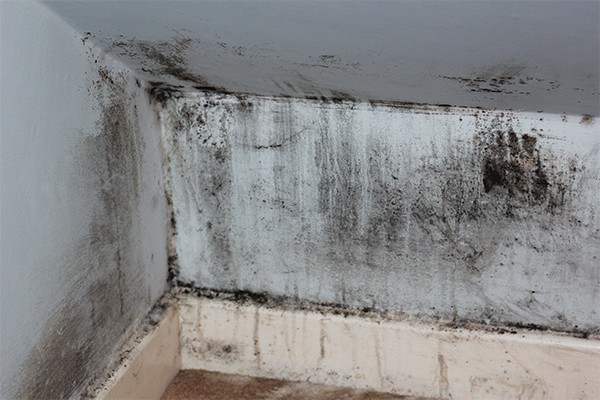Former Blackcaps cricketer and current host of TV3’s AM Show, Mark Richardson, provided some advice to anyone worried about the inaccessibility of the property ladder last week: “just rent,” he said.
However, research clearly shows that renting can expose people to serious problems beyond the seemingly perpetual position of ‘throwing money down the drain’ in comparison to homeowners.
Rental properties “need bringing up to standard,” according to HRV’s 2017 ‘State Of The Home Survey’, which revealed that “just 36 percent of renters had insulation in their homes.”
Additionally, it also found that “63 percent of renters said they wanted to move out of the home they live in now, compared to a third of homeowners.”
The health implications of living in substandard properties have been proven by many, and are commonly worse for those living in rental properties in comparison to homeowners. The same survey showed that approximately five percent of the population, which equates to 230,000 people, take more than 10 days off each year, while the same figure among renters currently sits at seven percent.
The Residential Tenancies Act states that landlords “shall provide the premises in a reasonable state of cleanliness,” with the presence of mould and dampness understandably being particularly relevant for this legislative requirement.
As arguably the only adult demographic in the country that are almost exclusively renting, students will disproportionately face housing conditions conducive to the growth of mould and presence of dampness, especially in the colder conditions of the South Island.
Predictably, only 1.41 percent live in their own homes during the semester, with that figure rising to 3.68 percent during summer, according to the New Zealand Unions of Students’ Associations’ ‘Income & Expenditure Report 2017: The Cost of Being a Student in New Zealand.’
World Health Organisation (WHO) research into dampness and mould concluded that they “may be particularly prevalent in poorly maintained housing for low-income people. Remediation of the conditions that lead to adverse exposure should be given priority to prevent an additional contribution to poor health in populations who are already living with an increased burden of disease.”
Despite the coastal location and topography of Dunedin being a significant contributing factor for conditions in which mould is known to flourish, the problem is not insurmountable, and central government can provide increased help to mitigate the issue by helping students and rental markets in general.
Having noticed the situation worsening in many respects, and even often being the cause of inter-flatmate violence in some cases, OUSA’s Senior Advocate at Student Support, Justene Allen, told Critic that Student Support has four hygrometers that they have been lending out to students in order to map out and develop a database of the humidity of North Dunedin’s housing stock.
Healthy properties will typically have hygrometer readings of between 40 and 60 percent, however the average reading so far has been between 70 and 80 percent, with the highest coming in at an incredible 88 percent.
The WHO says that the “problem of excessive moisture ... is the root cause for problems with dampness and mould in indoor built environments.”
Allen said there is a common misconception that bleach is sufficient to deal with the mould problem, whereas a “70 percent vinegar and 30 percent water mix is the only way to kill mould ... and most students don’t know this.”



